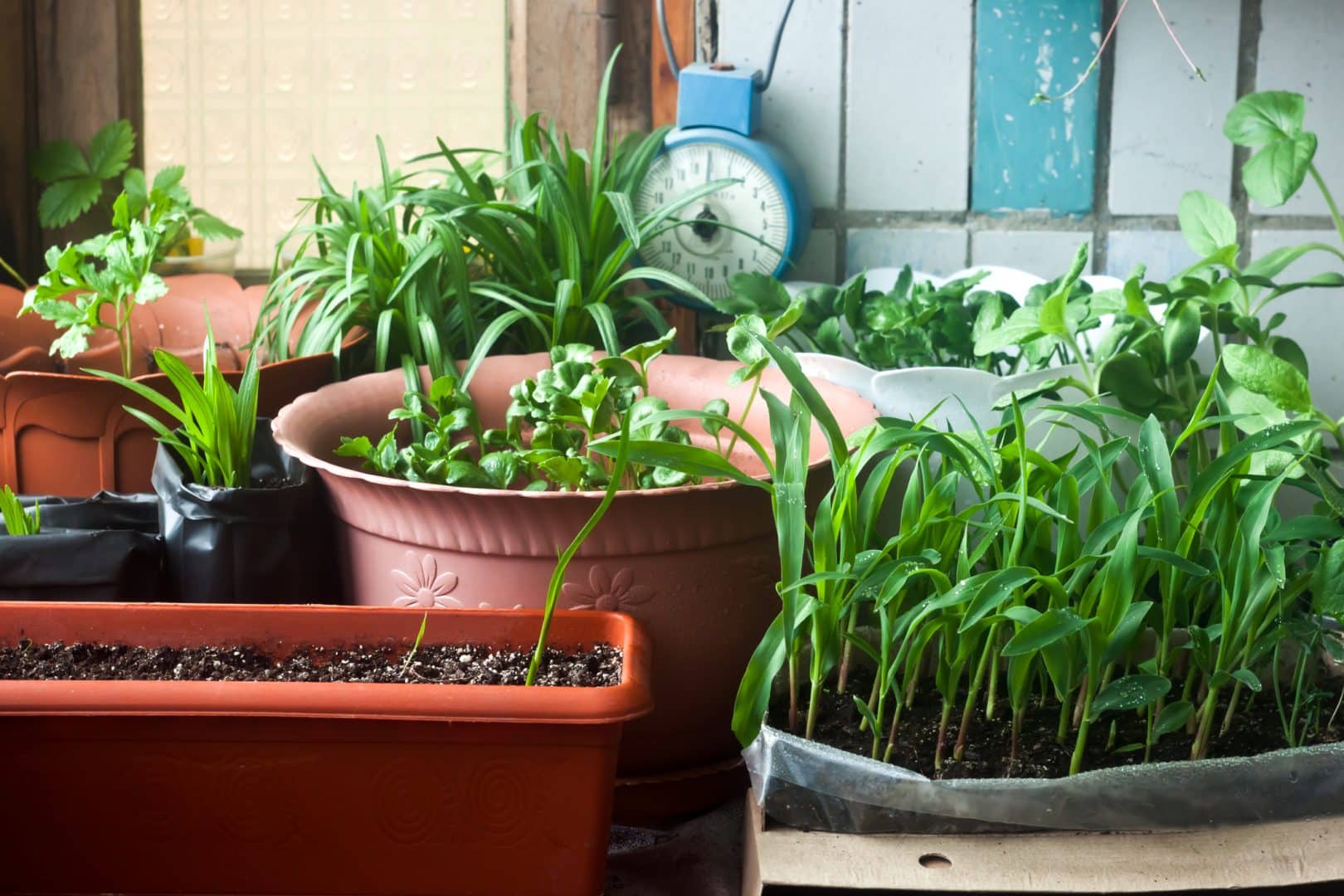Having a garden at home is simpler than you think and very advantageous. And best of all, you can set up a vegetable garden even in places with little space.
When it comes to having a vegetable garden at home, people soon think that for this you need to have a lot of space, and preferably a yard. And indeed, a spacious backyard can facilitate planting and growing plants, but you can also do it in other environments.
Another detail that demoamines many people from starting to invest in a domestic garden, is the idea that organic planting takes a lot of time and money. But not necessarily.
Living in a small house, or apartment is no excuse for not investing in a domestic garden. Everything is a matter of adaptation, and you can have a garden at home well diverse and equipped. Obviously the cultivation of any plant needs a certain dedication, but this can be very positive.
The advantages of growing plants at home are huge. Starting with health, besides being an extra incentive to consume organic food, the habit of taking care of plants and vegetables can be very therapeutic and relaxing.
Therefore, today we will know tips on how to set up a vegetable garden at home, grow and take care of the plants. In addition to understanding how the planting of the most suitable vegetables to grow in small spaces works.
Benefits of having a vegetable garden at home
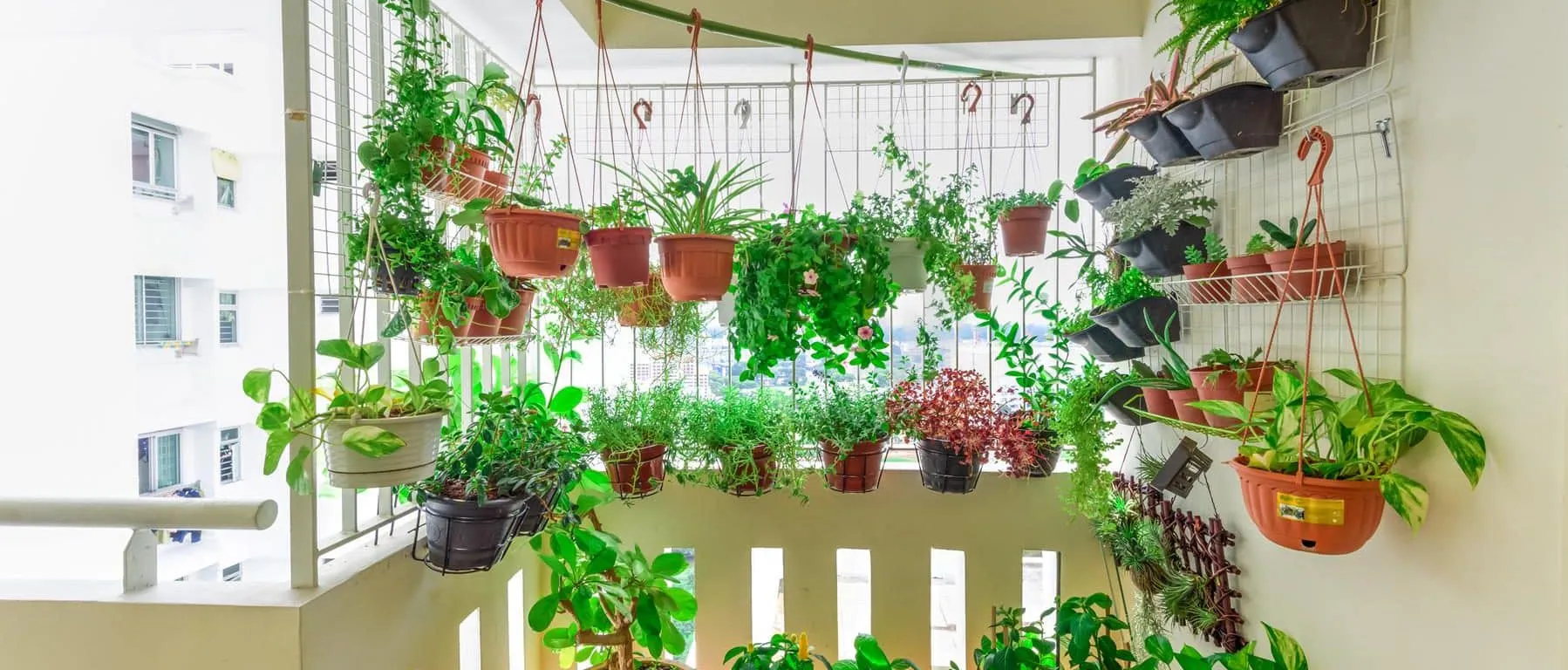
Having a vegetable garden at home is good in many ways. First because it is a great way to include vegetables in the daily diet. In addition to the fact that growing your own vegetables, you are guaranteed to be consuming totally free food of pesticides and healthy. It is a great incentive to have healthier habits.
For those who have children at home, growing any plant that is a great way to teach diverse values for the little ones. And more than that, caring and maintaining a garden can also be an activity to be developed in the family, strengthening the bonds and companionship between parents and children, for example.
Not to mention that for those who live only in the city, this can be a way to provide greater contact with nature for children. While teaching valuable lessons about responsibility and sustainability.
It can be a way to save money. This is because when growing your own vegetables, you avoid spending too much on shopping, as well as consuming foods that you really know the origin. And for those looking to make the house more cozy and fresh, a domestic garden can adapt perfectly to the decoration of the environment.
And finally, having a garden at home can be really positive for the well-being of those who grow the plants. It is a relaxing activity that is directly related to quality of life. We are talking about a simple experience, but it implies a greater contact with nature and the satisfaction of being able to consume a fresh food, cultivated by yourself.
Start a vegetable garden at home
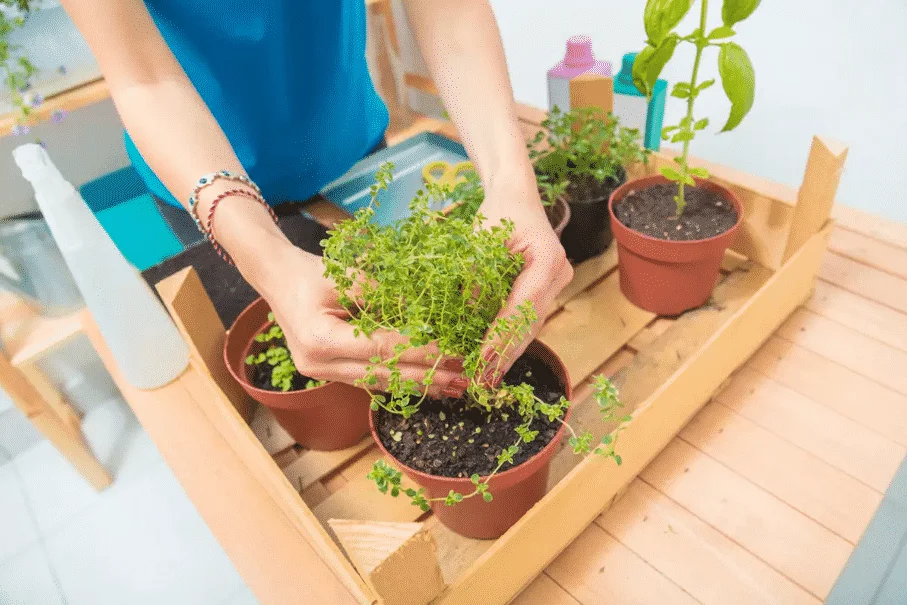
So, knowing all this, it’s time to think about starting your own vegetable garden at home. Don’t worry that this is not a seven-headed bug.
As stated earlier, a lack of space is not a problem. You can have a house garden without spending a lot of money and with little space. Just take the right care with irrigation and fertilizing, and pay attention to the needs of each species. By doing all this correctly, the result will be a variety of quality vegetables harvested in your own home.
So let’s learn the basic tips to start setting up your garden at home.
Where to have the garden
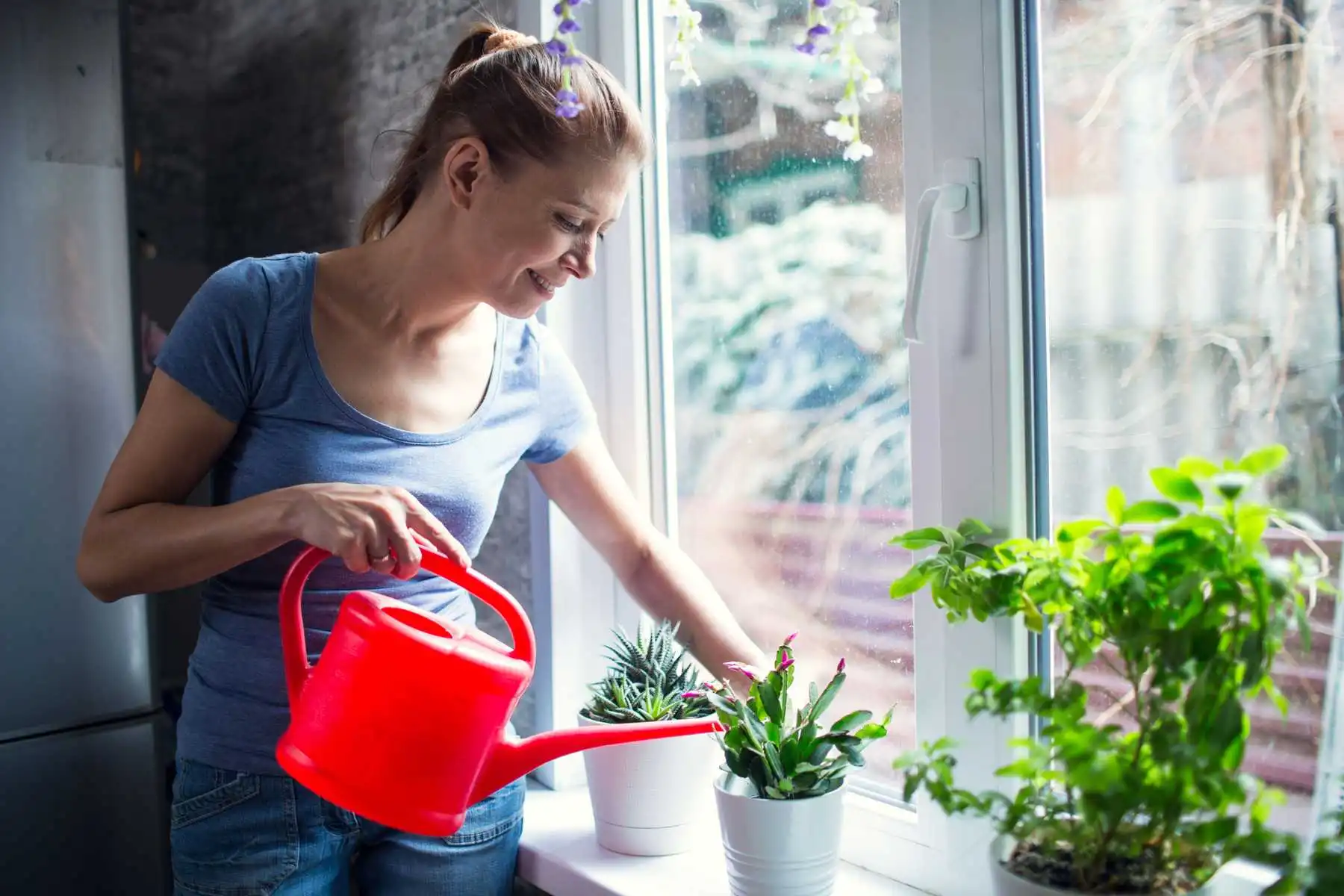
Don’t have a yard? Okay, that’s no reason to give up starting your garden. Whether it is a small house, or even an apartment, it certainly has a little corner that receives sunlight. This is the ideal place to have a home garden, be it a balcony or a window.
If the available place receives sunshine all day, it is perfect to set up a complete garden, contemplating everything from herbs, vegetables to legumes. In the case of a point where you have a few hours of light per day, it is possible to grow more herbs and seasonings. The ideal is to choose the place of the house with greater natural lighting, low humidity and that is not exposed to strong winds.
Where to plant
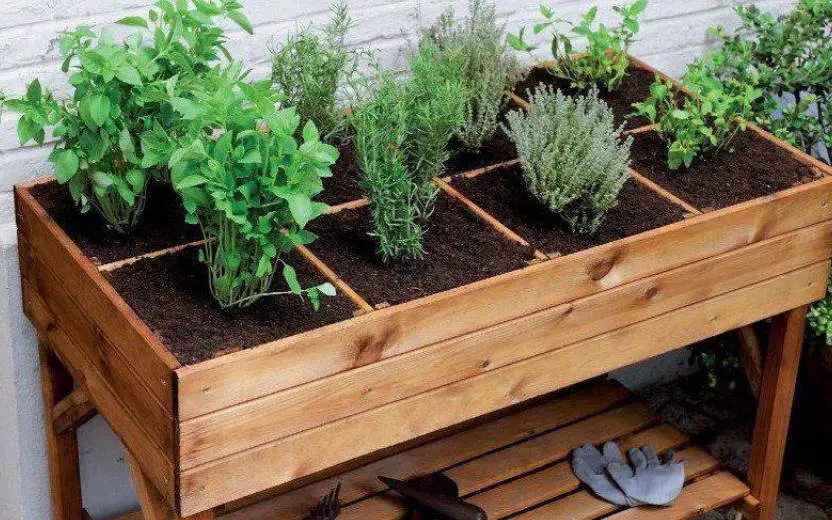
As for the planting itself, you must take into account two factors: the available space and the species of desire to cultivate. The most common ways of planting are:
- Directly on the floor: this is the ideal option for those who have a spacious yard. It is the most traditional method, since the seeds or seedlings are planted directly on the earth.
- In pots: this is the most practical option for those who have reduced space, since the vases come in various sizes, materials and shapes. And it can be part of the decor.
- Recycled packaging: works like vases, but it is a cheaper and more sustainable option. In this case you can use pet bottles, food cans, glass jars, milk cartons and etc.
- Flowers: ideal for growing species that need more space. The flower beds are perfect for maintaining an organized and compact vegetable garden.
- Wooden boxes are spacious and cheap options, ideal for growing plants that require space to develop.
- Vertical gardens: are perfect for small spaces, since the model takes advantage of the space close to walls gathering the whole garden in a single place.
Note: In the case of planting in pots, pots and recycled packaging, the holes in the bottom of the container are essential. This is important so that there is no excess water in the soil.
What species to plant in your home garden
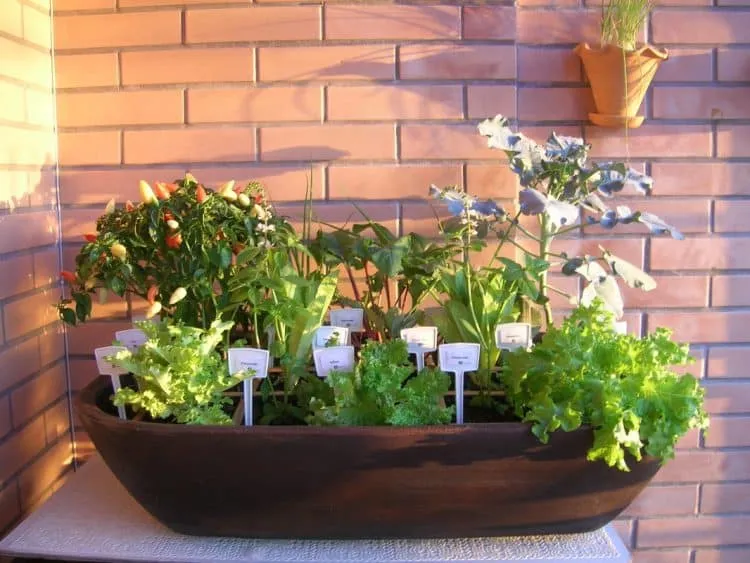
Then, knowing where your house garden will be, and what will be the planting method, it is time to choose what you will plant. Chances are many, ranging from vegetables, vegetables, herbs, spices and legumes.
As stated earlier, this choice depends on the space available for cultivation, since each species has its own needs. From the space to develop, to the amount of water and light you should receive.
Therefore, we will know more about some of the most common plant species to have in a vegetable garden at home.
A Mintmin
Mint can be planted both by seedlings and by seeds, depending on the type. The ideal is to plant it in a place that does not have much wind. It is a very resistant plant, even climate change. However, it is preferable that planting be done during more mild seasons, such as spring or autumn. Care after planting is basic. Just keep the soil fertilized and irrigated, and control the growth of weeds around it.
Salsinha
The salt seeds need to be planted in deeper containers, at least 30 centimeters deep. This is because their roots need space to develop. A tip, is to soak the seeds in water the day before planting, thus helps to streamline germination. After planting, just keep the soil well irrigated and fertilization regular.
Chives I sed,
The chive is one of the darlings of the domestic gardens. It can be planted in seeds or mute, in any season, but at times when the weather is milder. It is also one of the easiest plants to grow, since it only needs regular irrigation, and a well-fertilized soil.
Rosemary
Rosemary is also very popular in small gardens, and can be planted by seedlings and seeds. The ideal is to plant in warmer seasons, such as summer and spring. This is because young plants cannot be exposed too exposed to cold.
As for care, when young, the plant is more resistant and drier, and therefore requires a more frequent irrigation. However, it can be reduced when the plant is already developed. When it comes to harvesting, it is important not to remove more than half of the branches, so as not to hinder their growth.
Basil scorn
Basil is planted from the seeds, but its seedlings can be transferred from place when it reaches at least 10 centimeters. Because it is a plant that does not develop well at low temperatures, the ideal is to plant basil in hot times. Care after planting includes regular irrigation, to keep the soil in average humidity.
Lettuce
Lettuce can be planted in seeds in a definite place, or be transplanted when it has at least 4 leaves. As it is a delicate vegetable, the ideal time for its planting is when the climate is mild, especially in spring and autumn. The care is very simple, a fertilized soil and regular irrigation are enough for its development.
At the time of harvesting the leaves, the ideal is to cut the plant by the base, leaving a piece of the stem on the ground so that new leaves can sprout.
Coveve I hadslve
kale is a plant that needs a larger space to develop. Thus, whether in seeds or seedlings, the ideal is that planting is made in pots that are at least 25 centimeters in diameter. The kale can be planted at any time of the year, however, it develops best in the cold. In summer, it is normal for its growth to be lower.
In addition, the soil must be well fertilized and irrigated. And a tip to stimulate your growth is to cut the tip of the main stem.
Broccoli Boccoli
The good thing about broccoli, besides being very tasty is that it can develop well in small spaces. Thus, it can be grown from seeds or seedlings throughout the year. However, it is a plant that needs many nutrients, so it is essential to keep the soil well fertilized and the irrigations regular.
the Morango
Because it does not have very deep roots, the strawberry can be easily grown in pots and smaller containers. The most common is that planting is done through seedlings, but it is also possible to do this with seeds. The strawberry develops best in milder temperatures, so the ideal is to plant during times that temperatures are not very high.
About care, the tip is to cut the stolls when they arise. Thus, the plant will produce more fruit. The harvest should be done when the strawberries are ripe, about 60 to 80 days after planting.
Take care of the garden at home
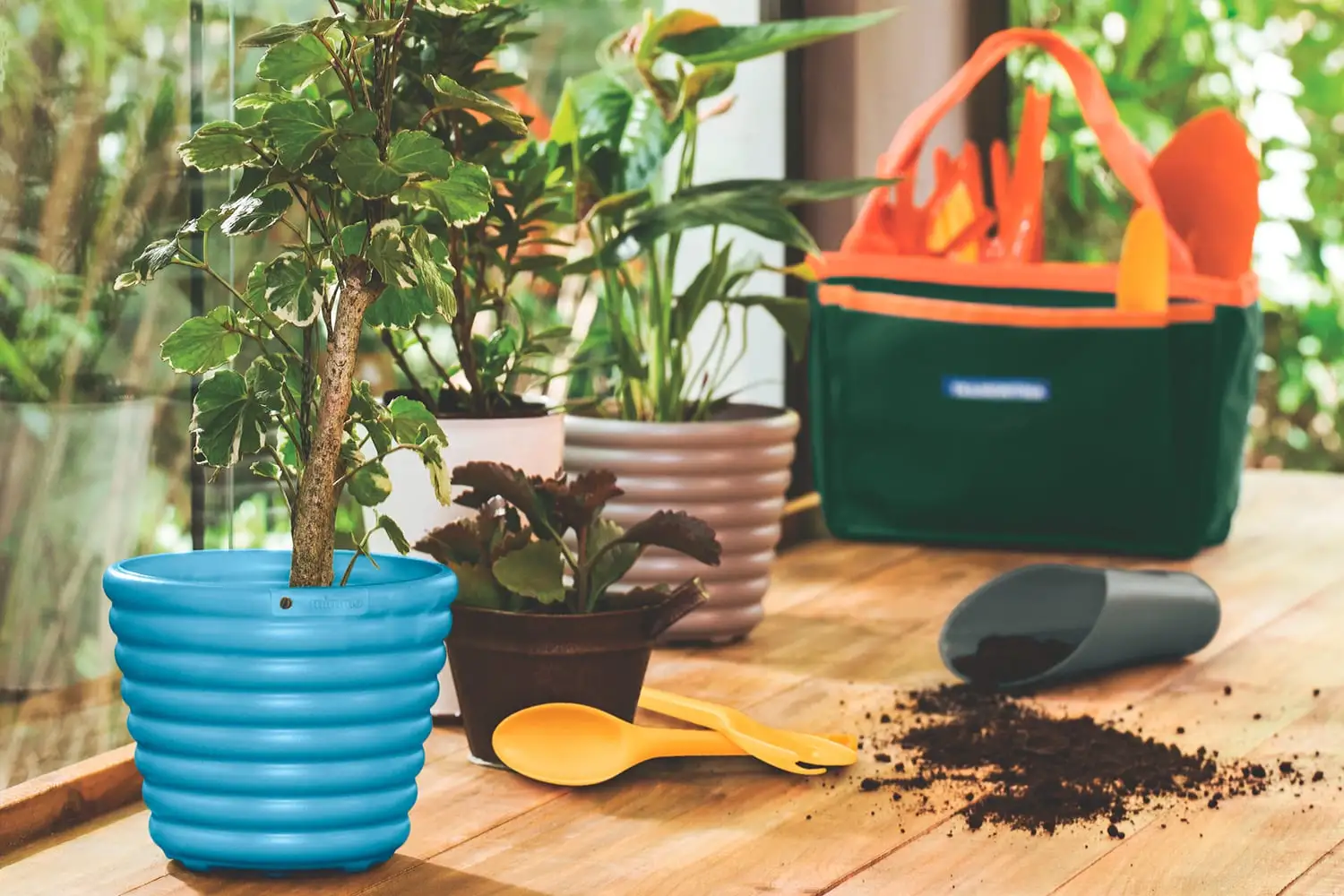
In order for your garden to develop well and you will reap quality foods, you need to take some essential care.
Solar light
The development and survival of any plant depends on sunlight, so it is very important to position the vegetable garden in a lighted and airy place. Or, transport the plants to receive sunlight. Vegetables, for example, need to receive at least 5 hours of sunlight per day. It may be in the morning or afternoon, but preferably in the morning.
Irrigation
Another essential part of growing a vegetable garden is irrigation. Thus, it can make a total difference to the success or failure of the garden. However, knowing how much water a plant needs can be a difficult task. Lack of water can kill the plant, as well as excess, which can rot the roots.
Therefore, the ideal is to make the holes at the bottom of the vessels, and be careful not to overdo the amount of water. In the case of the vessels, the tip is to water but without letting water drip at the bottom. As for the amount of water ideal, this will depend on each species. Therefore it is very important to be aware of the characteristics of the plant, you can see when it is dry by the soil and leaf.
Generally speaking, the ideal is that the watering is daily or every two days, preferably in the morning or late afternoon.
The soil
The preparation of the soil before planting and during cultivation is very important. After all, it is on earth that plants will get the nutrients to develop. Therefore, it is essential to ensure that the soil used in its garden is full of nutrients and organic matter.
For those who find it difficult to prepare the soil adapting for planting, it is possible to find ready alternatives, in specialized stores.
Fertilization
Care for the soil should be constant. Thus, after planting, a fertilization routine should be maintained, so that the plants always have a source of nutrition. Organic fertilization is the simplest and practical way to maintain this care.
Fertilization can be made from organic compounds, chicken manure or cattle, and etc. Egg peels, fruits and vegetables are a great source of nutrients, in addition to offering a good cover for the soil. Therefore, for the plants to develop well, the ideal is to make complementary fertilizations fortnightly.
Harvest
Harvest is the most satisfactory part of the whole cultivation process, and the most anticipated as well. The right time to finally harvest what was planting varies greatly dependent on the plant species, time of year, soil quality, irrigation and pest prevention.
Generally, the estimated time to harvest each vegetable is specified on the seed packaging. However, you don’t have to just limit yourself to that time. A plant does not necessarily need to reach the peak of its development to be harvested. In many cases, harvesting before full development can help with the plant growing faster.
Control of pests
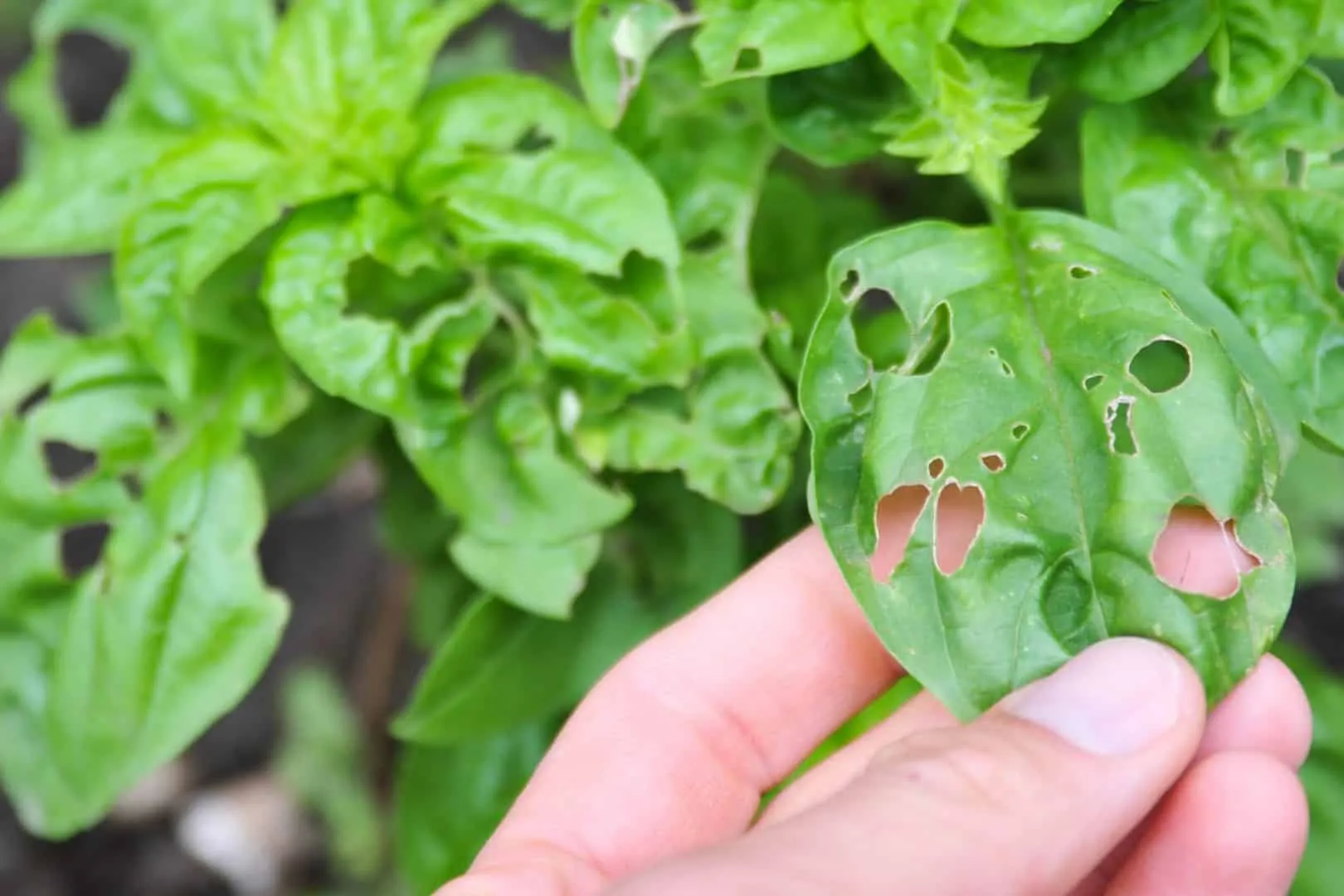
It is wrong to think that only large plantations are subject to pests. Domestic gardens can also be affected by pests, but in smaller proportions. Thus, it is much easier to prevent and control the problem, to avoid further damage to plants.
In this case, the most common pests are the aphids, caterpillars and slugs. However, they can be fought in simple ways and using affordable and pesticide-free ingredients. One way to combat these invaders is manually, with the use of mild soap, detergent, pepper or garlic extract.
So, to ensure a healthy home garden, avoid using any type of poison or industrialized insecticide. These products can affect both plants and their own health, and even cause intoxication. Another way to prevent pests is to remove contaminated leaves and animals present in them. It is very easy, efficient and does not harm the plants. If this is not enough to solve the problem, you can opt for natural insecticides.
Anyway, what do you think of this story about a vegetable garden at home? In fact, take the opportunity to also check out practical ideas for your home garden.
Sources: Women’s Live Cycle Tips
Featured Image: M of Woman
Images: Online The Liberal HM Floriculture Alto Astral Cleanipedia RG Im Grower

Sign up for our newsletter and stay up to date with exclusive news
that can transform your routine!
Warning: Undefined array key "title" in /home/storelat/public_html/wp-content/plugins/link-whisper-premium/templates/frontend/related-posts.php on line 12
Warning: Undefined array key "title_tag" in /home/storelat/public_html/wp-content/plugins/link-whisper-premium/templates/frontend/related-posts.php on line 13

